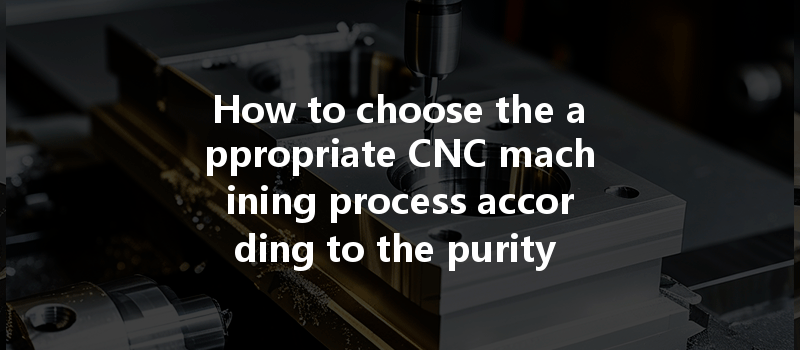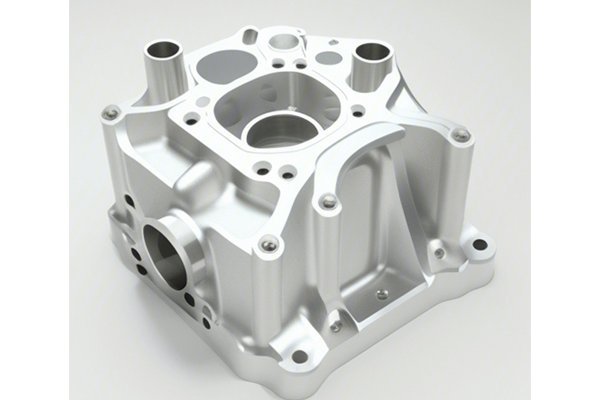:
Did you know that the purity of aluminum can profoundly influence its machinability? In the world of manufacturing, aluminum is a highly versatile metal, characterizing everything from aircraft components to consumer products. However, not all aluminum is created equal. For instance, high-purity aluminum (like 99.999% pure aluminum) exhibits remarkable thermal and electrical conductivity, while alloys with lower purity levels are often more stable and easier to machine. Therefore, the question arises: how can one effectively choose the appropriate CNC machining process based on the purity of aluminum? This question is not only critical for machinists and manufacturers but also applies broadly across industries that rely on CNC (Computer Numerical Control) machining.
In this blog, we will dissect the intricate relationship between aluminum purity and CNC machining processes. We will cover the specifics of aluminum compositions, the various CNC machining techniques, considerations for tool selection, and the implications for the end product. This guide serves to illuminate the best practices for achieving optimal results depending on aluminum purity levels and provide you with a comprehensive understanding of CNC machining.
—
Aluminum purity refers to the percentage of aluminum content in a material. Pure aluminum typically has a minimum purity of 99% or higher. However, it can be alloyed with other elements, such as copper, magnesium, manganese, or silicon, to enhance specific properties. For example:
When choosing a CNC machining process, machinability can significantly be affected by the purity level:
CNC machining comprises various techniques tailored to specific requirements. Here are some of the key processes relevant to aluminum machining:
Choosing the right CNC machining process involves a number of key considerations:
4.
Assessing Material Properties
4.
Tool Selection
Tool material and geometry play pivotal roles in machining:

4.
Machining Parameters
The selection of feeds, speeds, and depth of cut must cater to the aluminum type. For high-purity aluminum, lower feed rates with vacuum or high-pressure coolant systems can mitigate issues with mechanical deformation. In contrast, alloys can handle higher speeds and aggressive cuts without risk.
Before machining, preparation is key to achieving optimal results:
Understanding how aluminum purity affects CNC processing can greatly impact the end product. Here are a few examples tailored to specific scenarios:
6.
Aerospace Industry
In aerospace applications, high-purity aluminum is often used to achieve weight reductions and enhanced conductivity. Therefore, efficient milling with precise tool control is paramount.
6.
Automotive Sector
For automotive components, alloyed aluminum is preferred due to its strength. Manufacturers may employ rapid prototyping with CNC milling to produce high-stress parts quickly.
6.
Electronics Manufacturing
In electronics, high-purity aluminum is essential for effective thermal management. Here, LED heat sinks can benefit significantly from processes that maintain integrity during machining.
To ensure successful CNC machining of aluminum:
Choosing the appropriate CNC machining process according to the purity of aluminum is a critical decision that can significantly impact production efficiency, part quality, and overall project success. By understanding the different aluminum purity levels, considering the mechanical properties, and carefully selecting appropriate machining techniques and tools, manufacturers can optimize their production processes.
Ultimately, investing time and effort into selecting the right CNC machining process will pay off with improved product quality, reduced operational costs, and satisfied clients. In the ever-evolving world of manufacturing, adapting to the intricacies of material properties, such as aluminum purity, is essential for continued market relevance and competitiveness.
Reflecting on the blog’s key points, remember that the purity of aluminum is not just a number; it’s a gateway to molding the future of precision engineering and quality manufacturing. Thank you for joining us on this exploration of aluminum machining, and we hope you feel more empowered to make informed decisions in your CNC projects!






